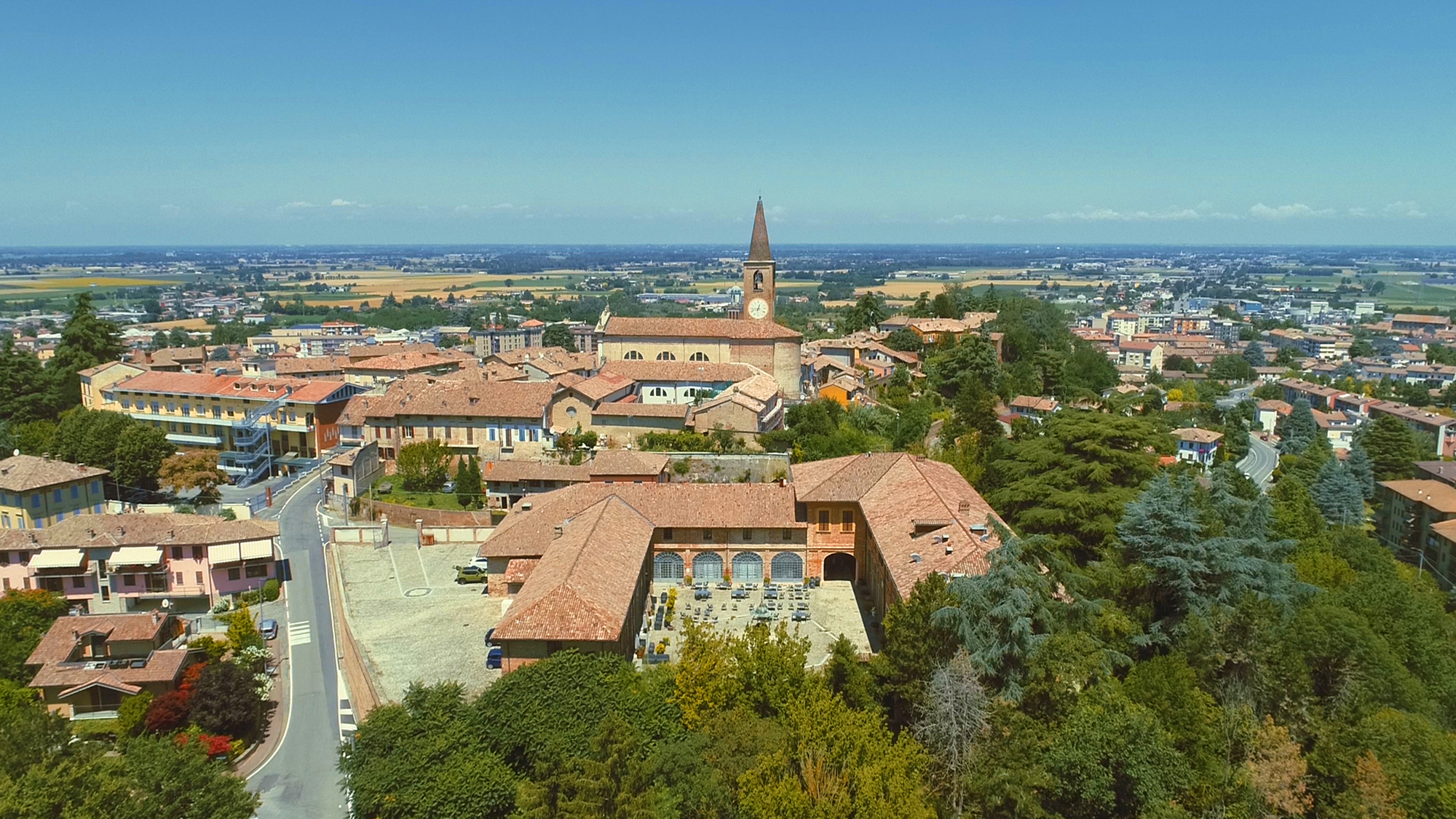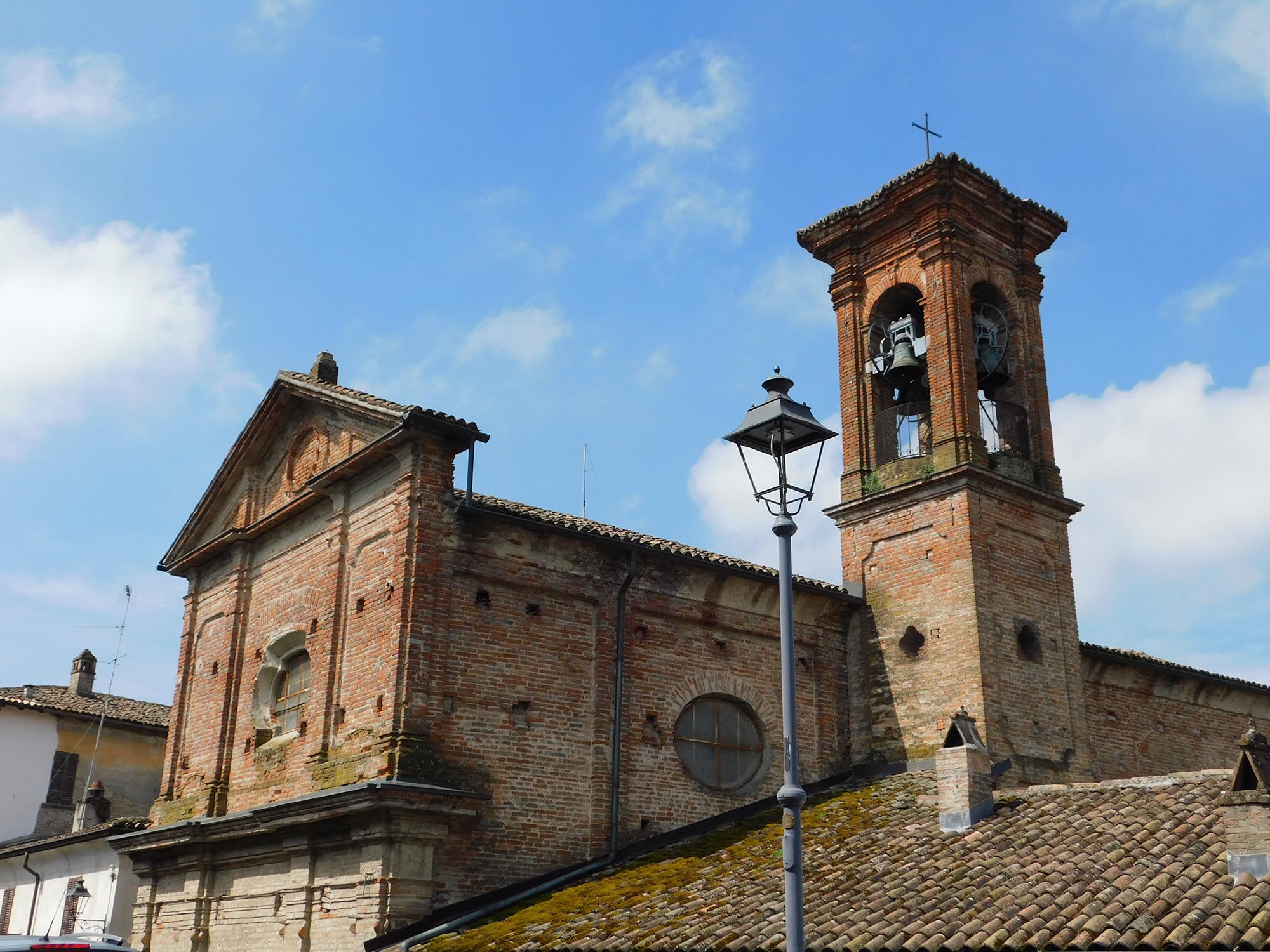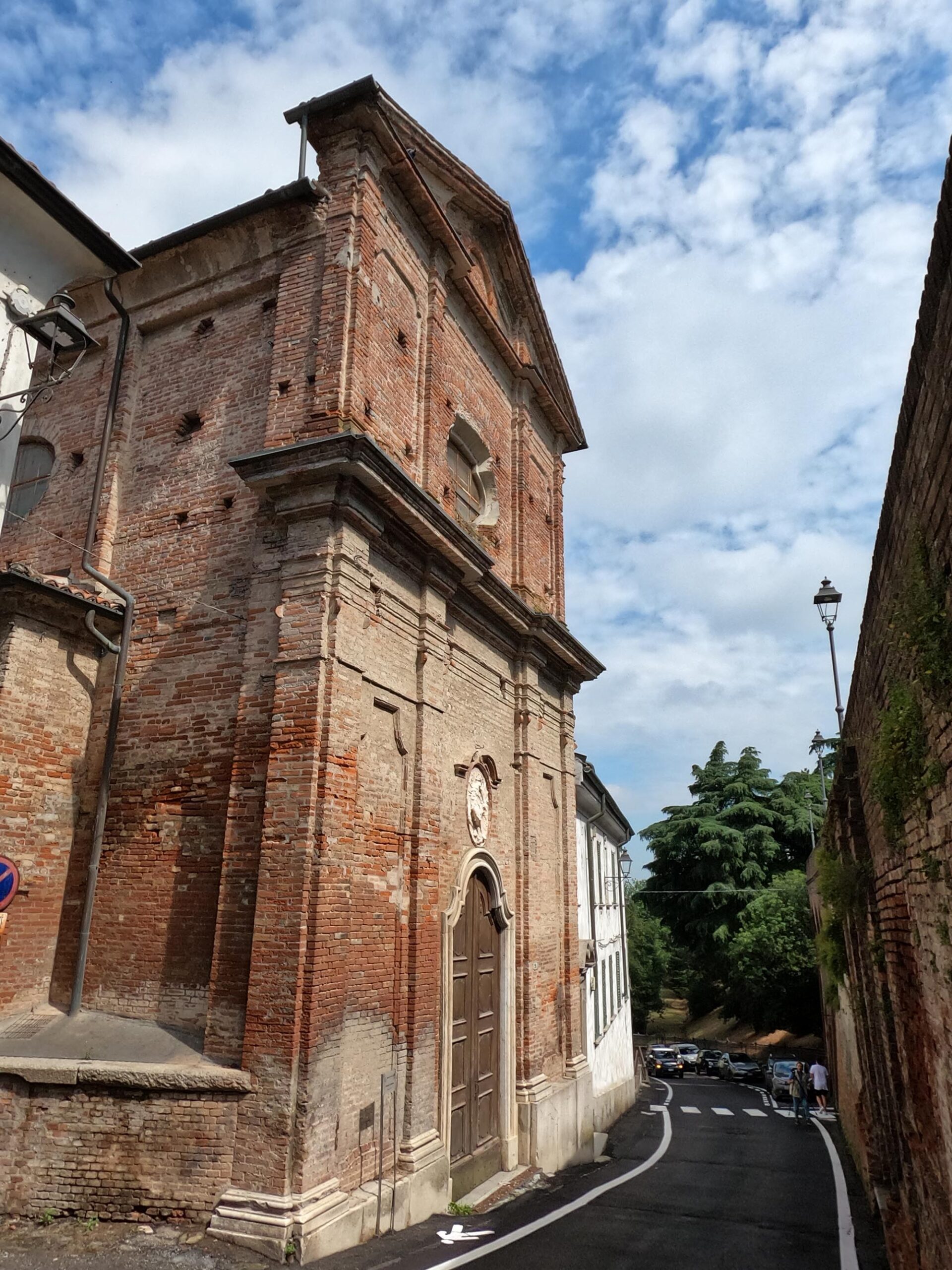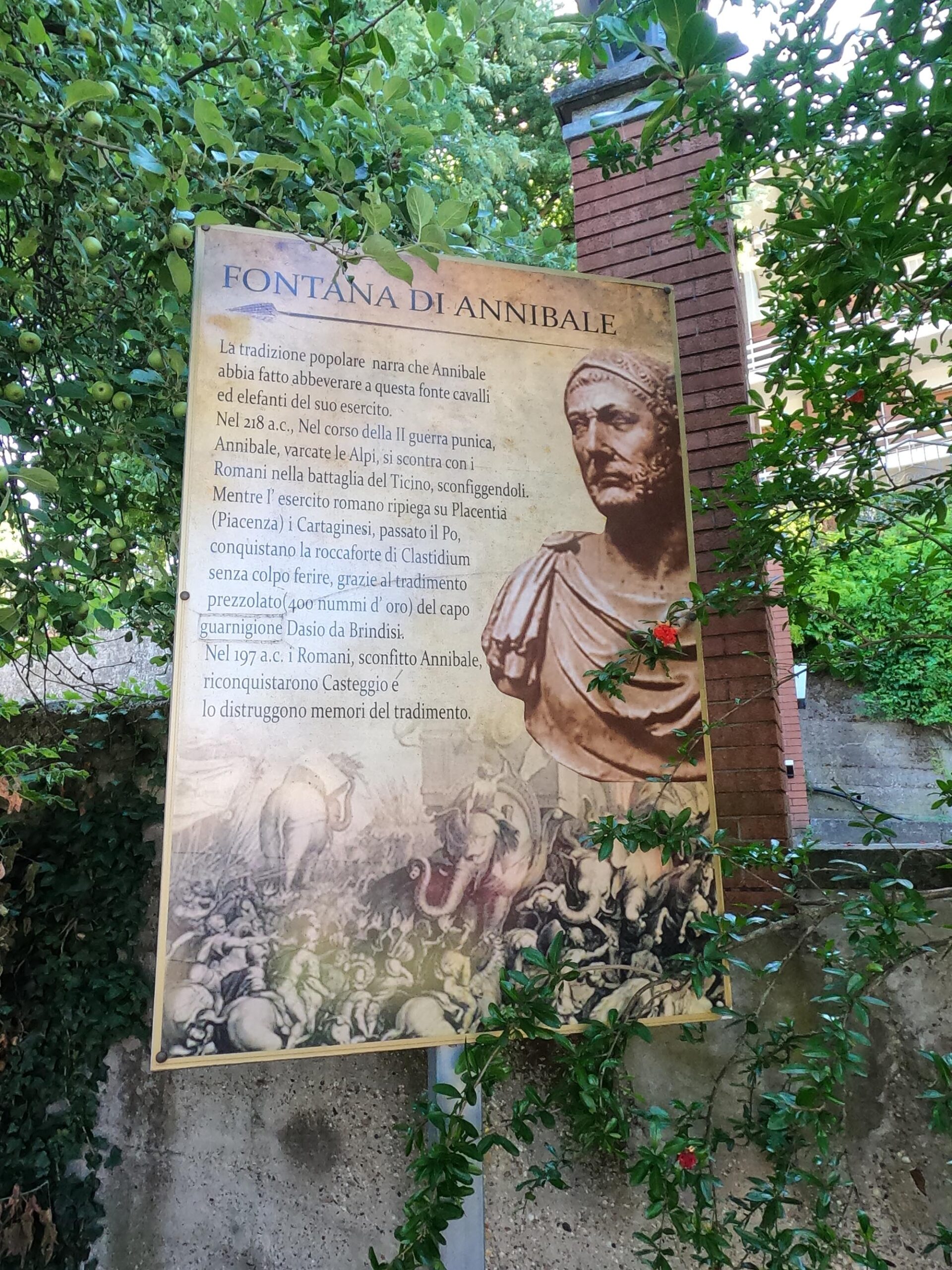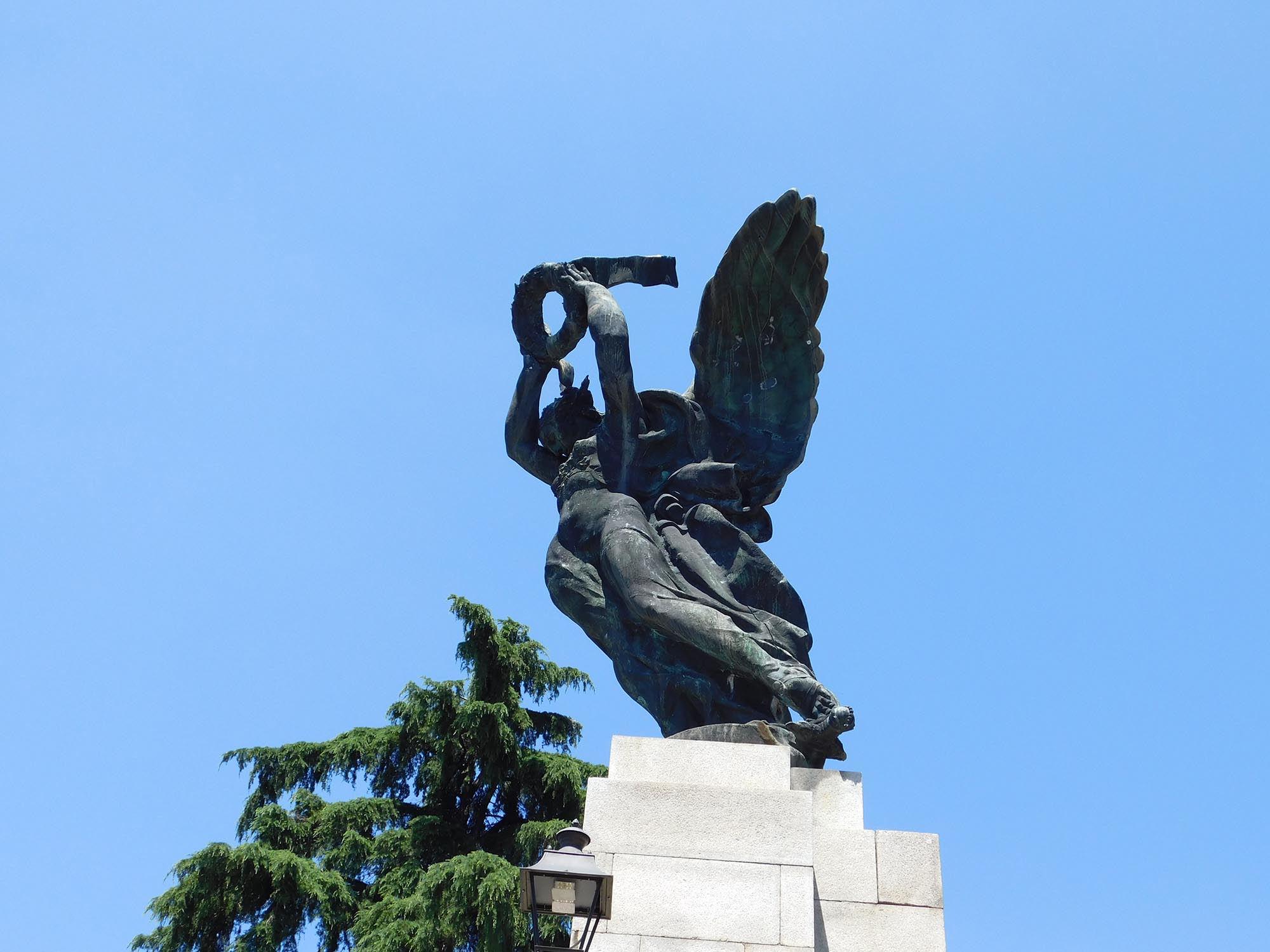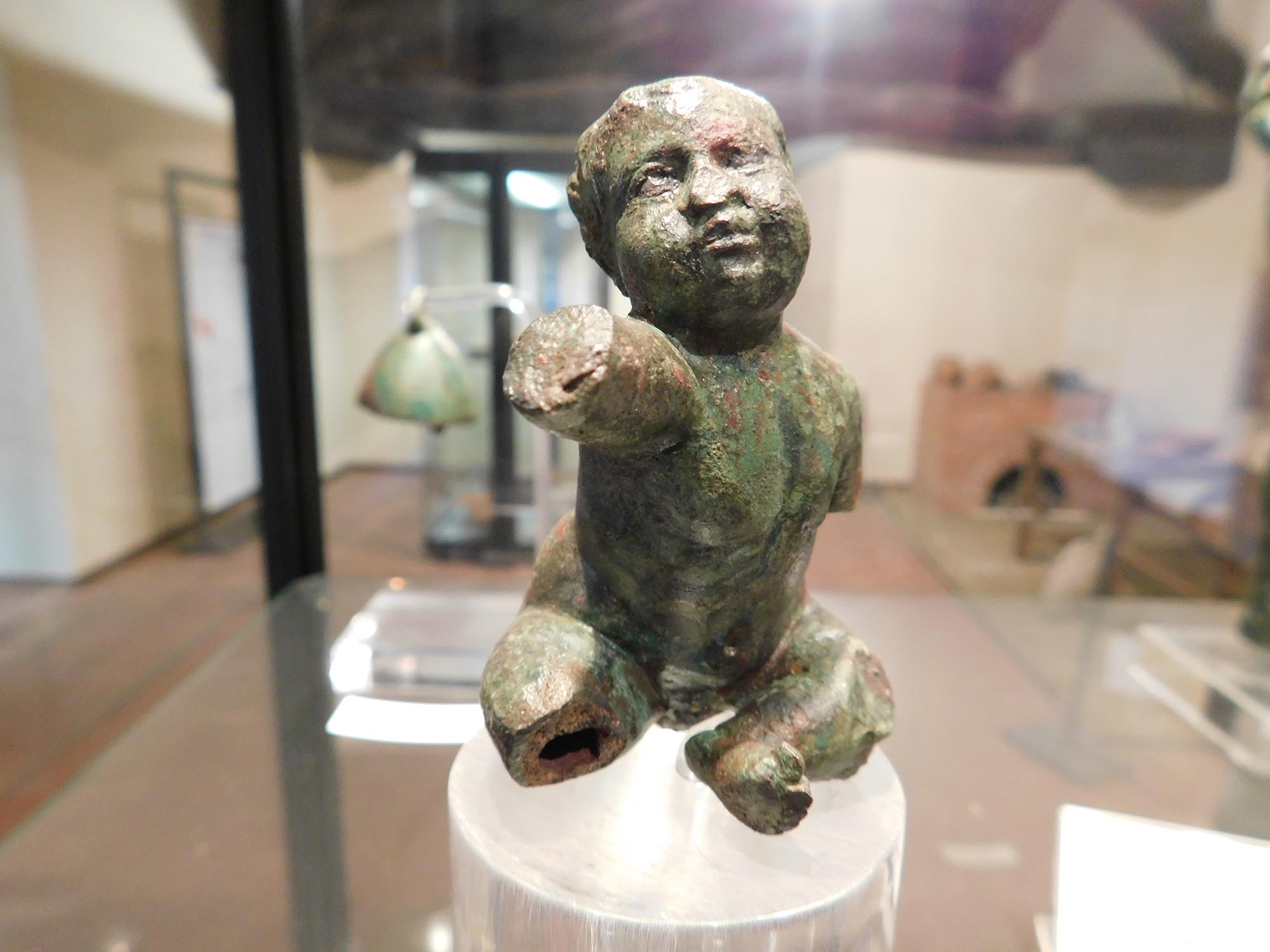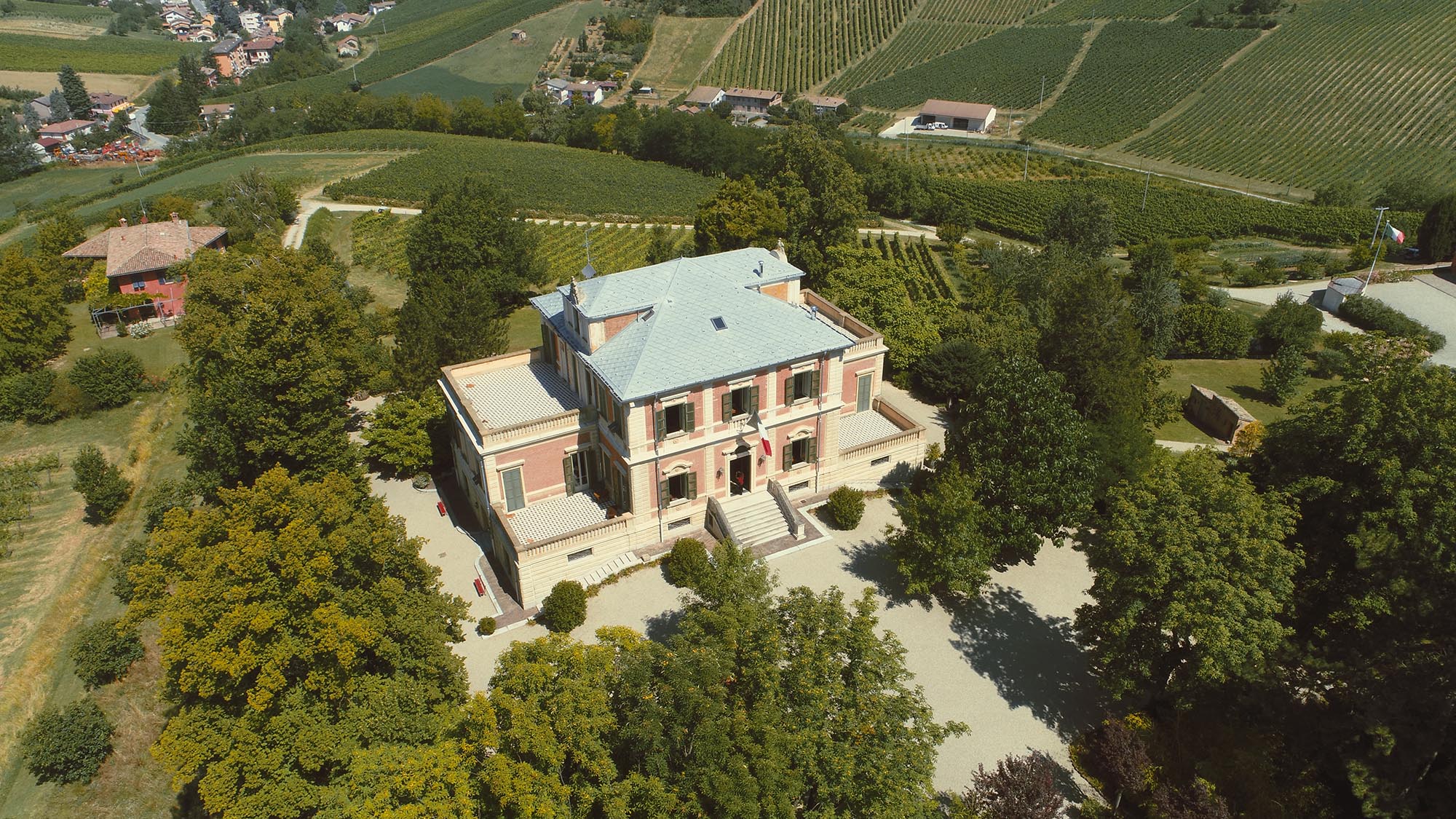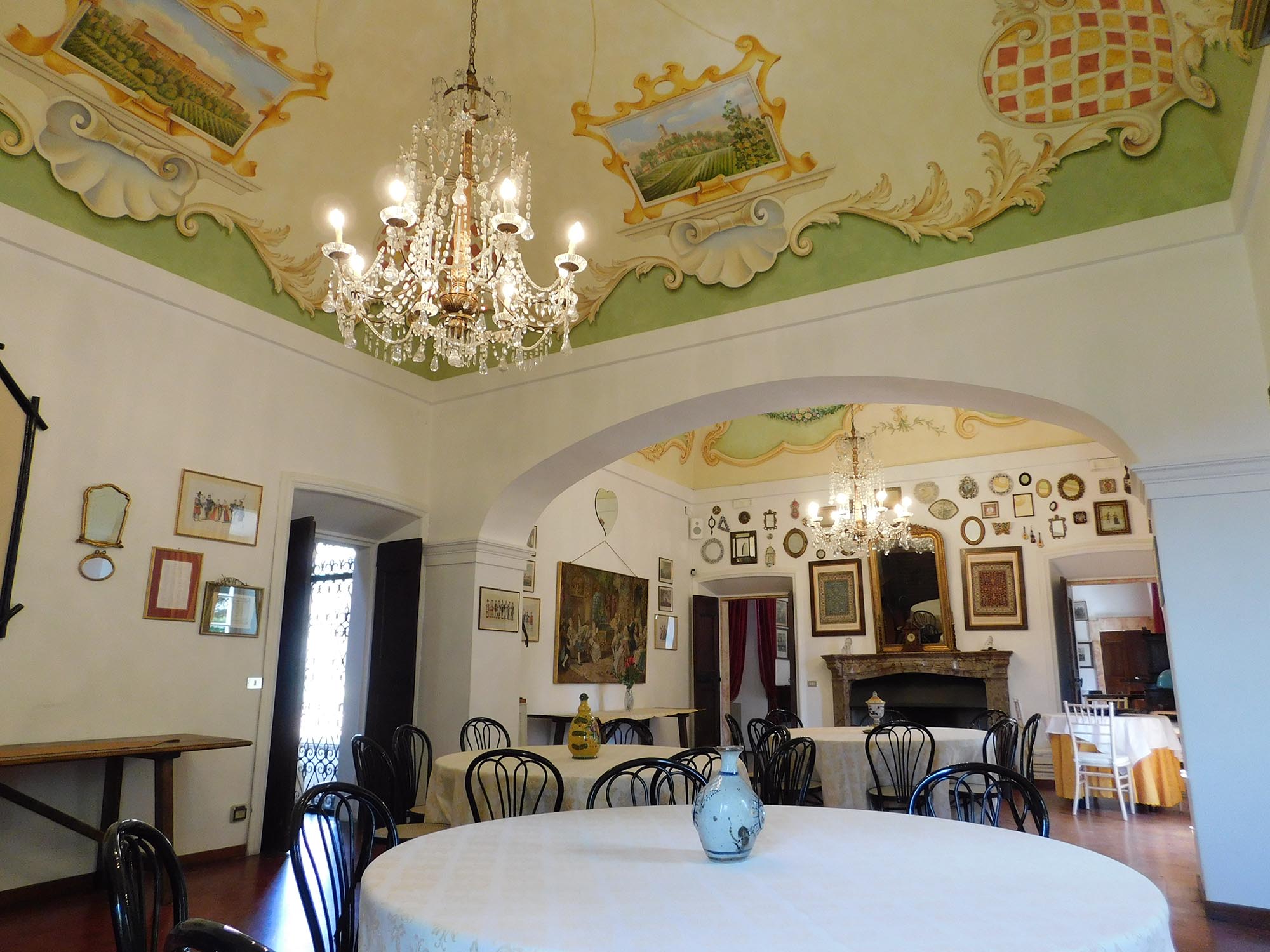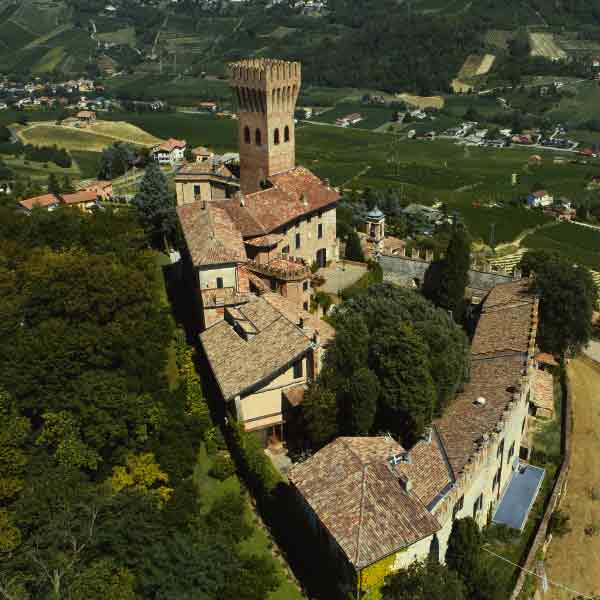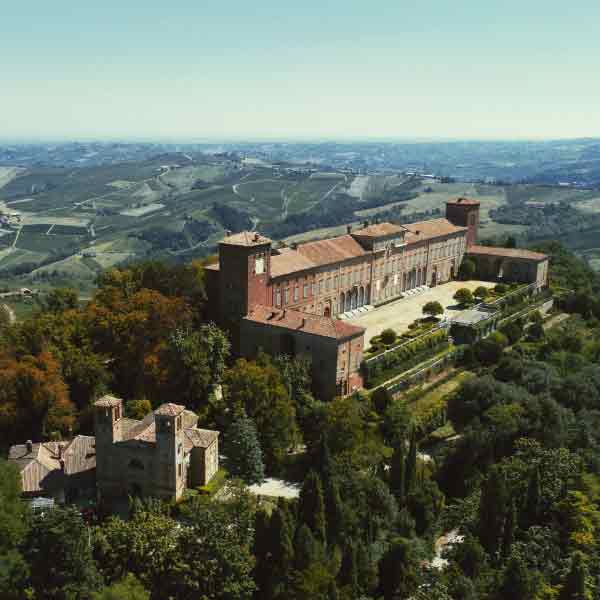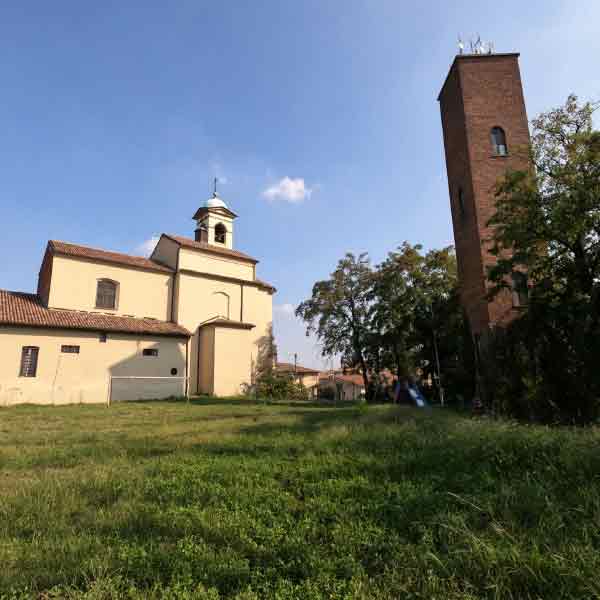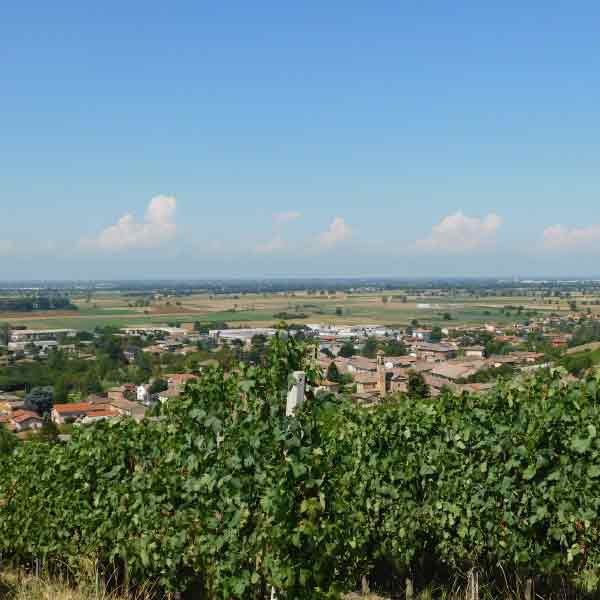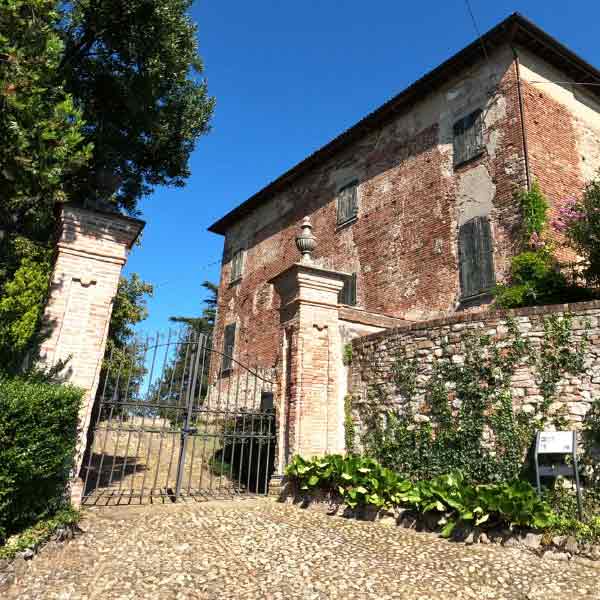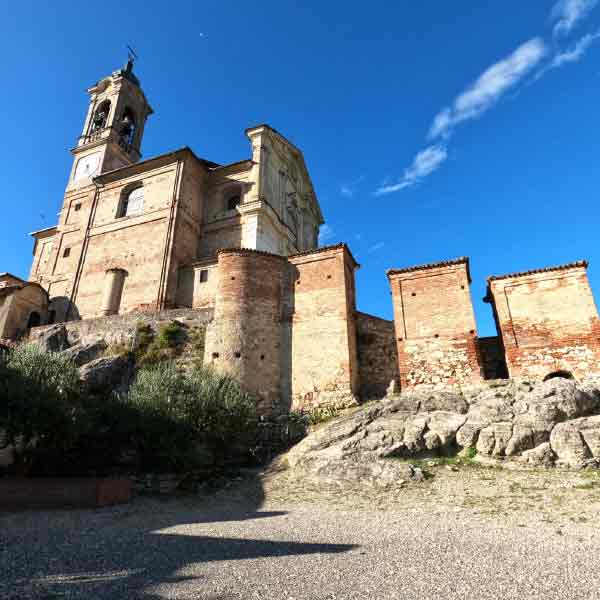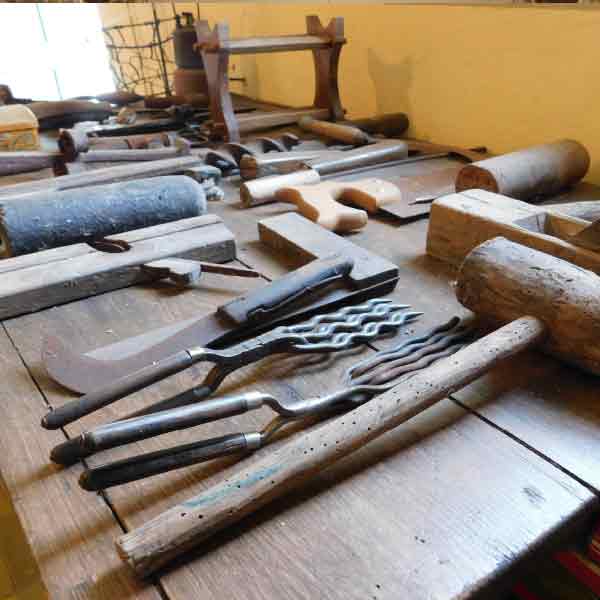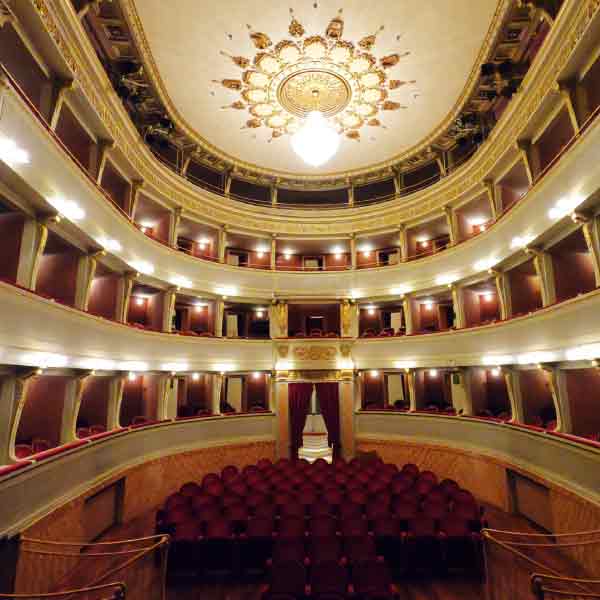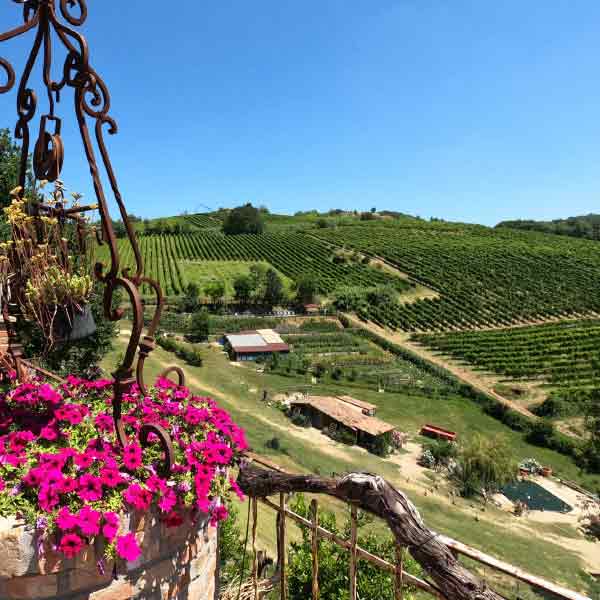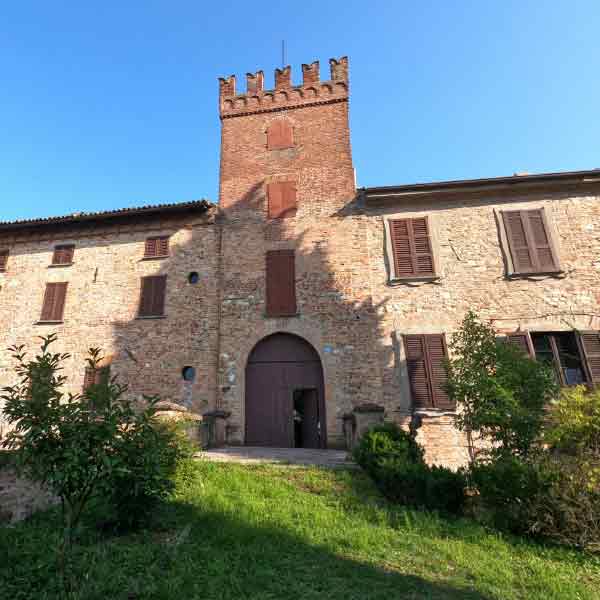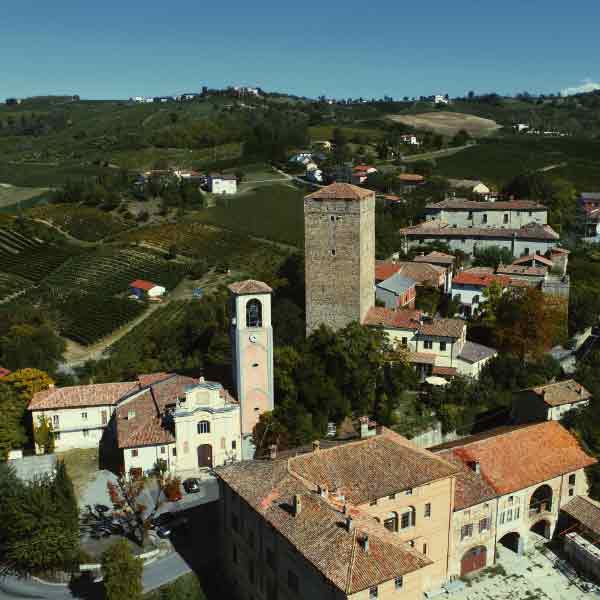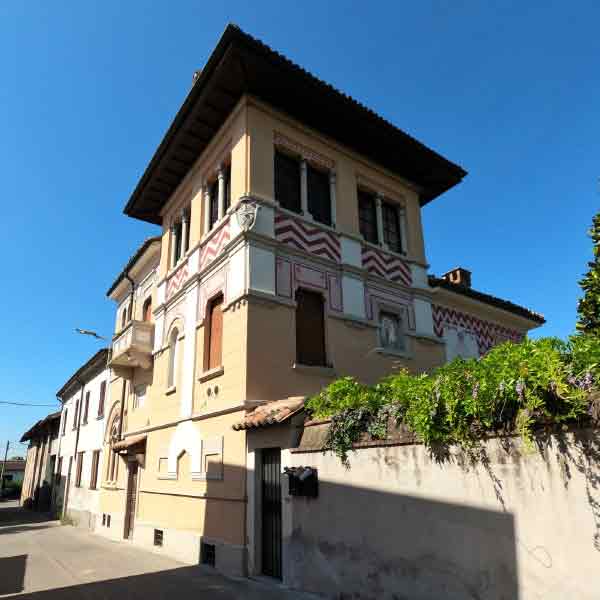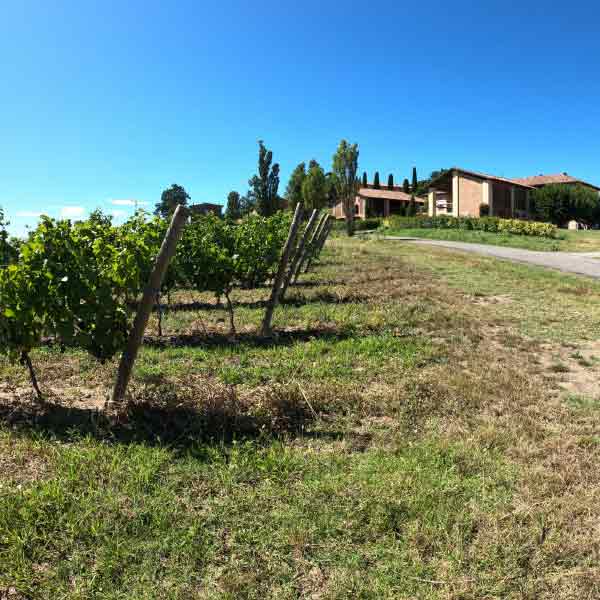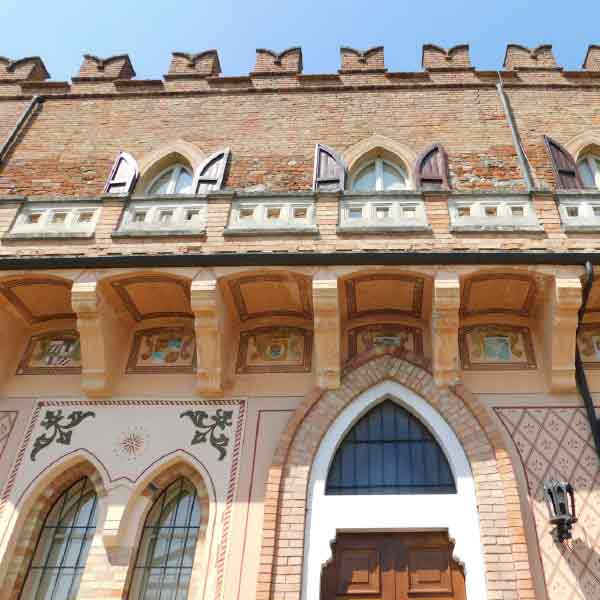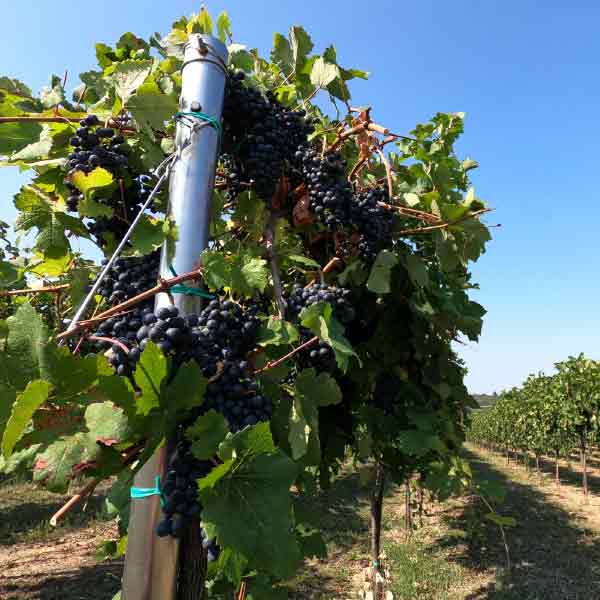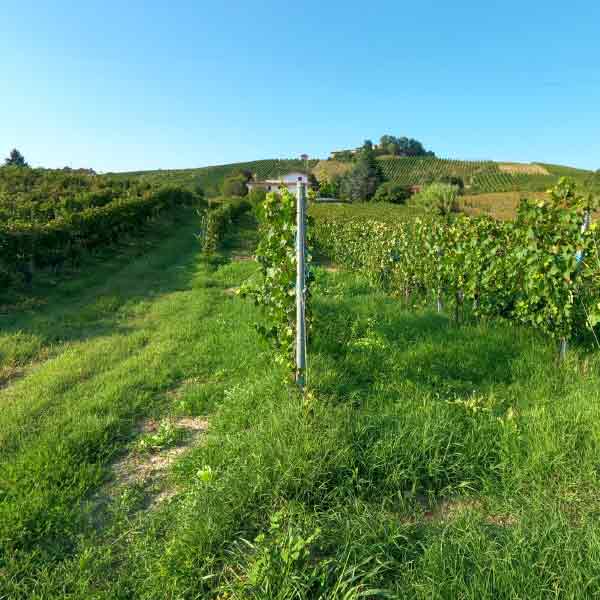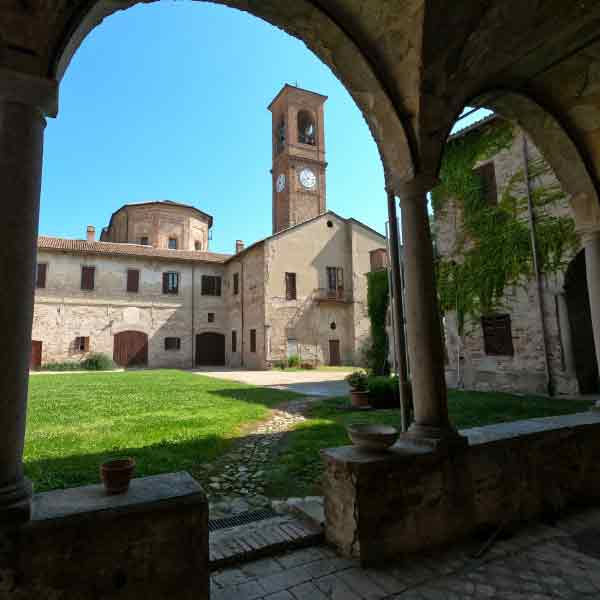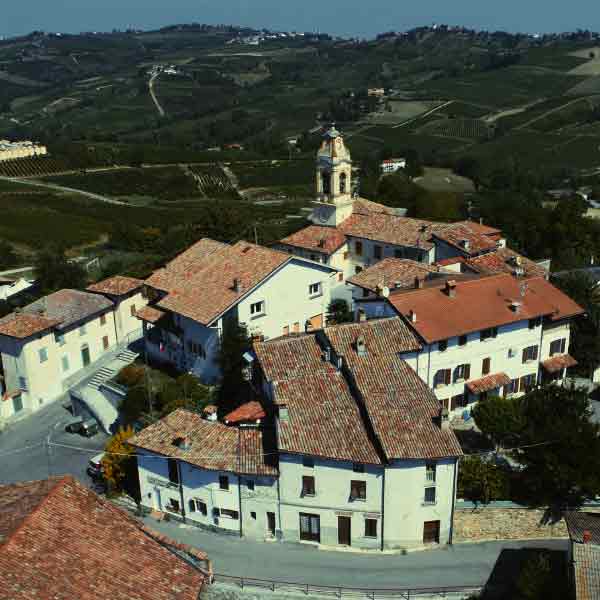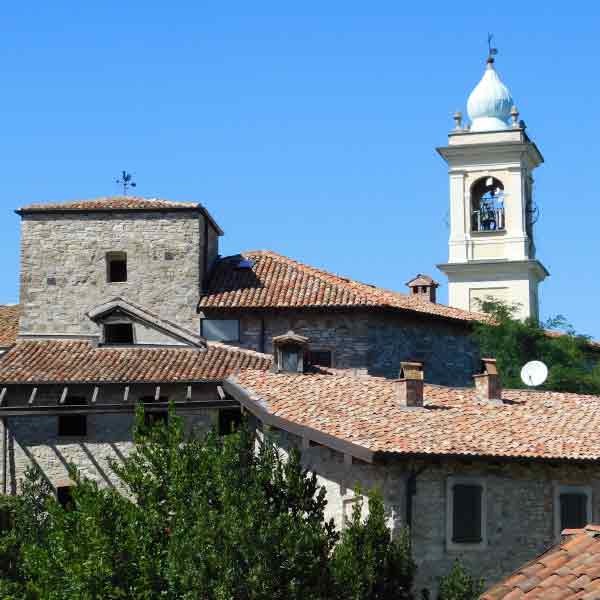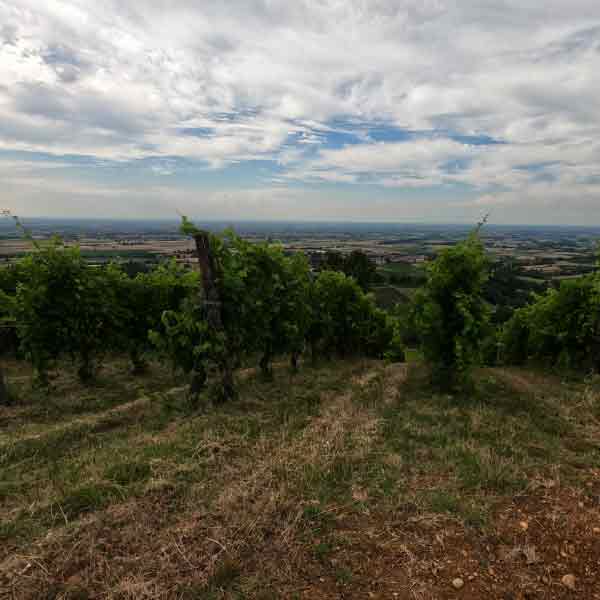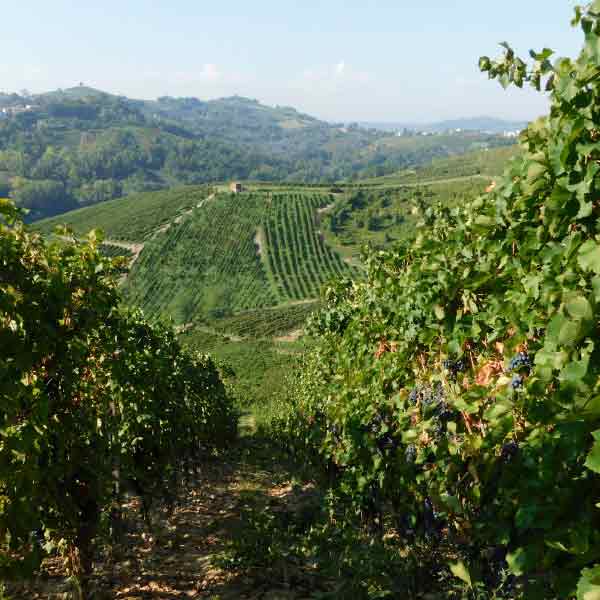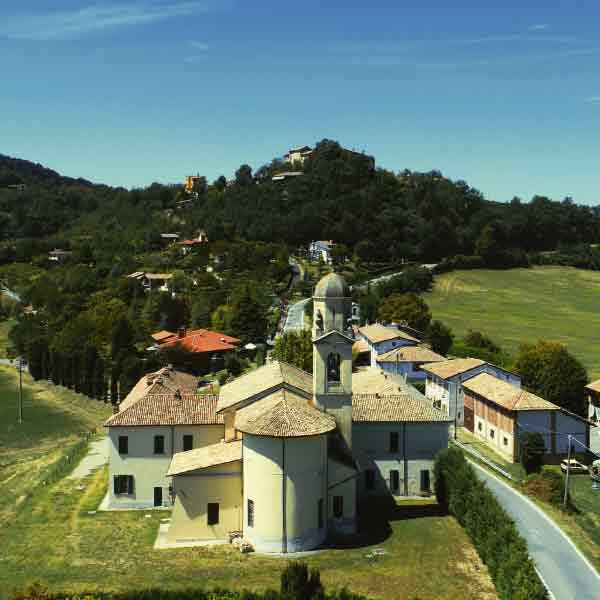Project Description
It is crossed by the former statale 10 (Padana Inferiore) and by the Alessandria-Piacenza railway. It is also located near the exit of the A21 highway (Torino-Piacenza-Brescia), which can be taken through the former statale 35 dei Giovi. Between that and the highway entrance there starts the tangenziale. The oldest part of Casteggio is located on a hill named Pistornile, where the home of the Museum and Civic Library Pelizza Marangoni is set. The modern part of the town is in the plain, down from the more ancient nucleus, the newest neighbourhoods also spread in the near valleys. The municipal territory, also extended both on the hill and in the plain, is crossed by the river Coppa, flowing from the western limit of the hillside to the middle of the flat area. The town of Clastidium in particular, is of celtic-ligurian origin. It encountered the Romans in 222 BC, when the Insubrians, helped by Celtic mercenaries coming from the Rhone valley, attacked the zone but were defeated by the Roman army who helped the consul Marcus Claudius Marcellus. He himself killed the opposing commander Viridomarus. The battle of Casteggio led to the Roman submission of the Insubrians and the conquest of their capital, Milan. From Castidium passed the road linking the Via Aemilia Lepidi with the Via Aemilia Scauri, from which the name Via Aemilia, that was originally a part of the Via Postumia. The city belonged to the municipality of Piacenza and with the latter to the region VIII (Emilia). In the historical buildings still standing in the town, worthy of note is the Palazzo Certosa Cantù, a Carthusian grange from the early years of the Eighteenth century, which now contains the Civic Library and the Civic Archaeological Museum, whose finds are mostly from the local area.


